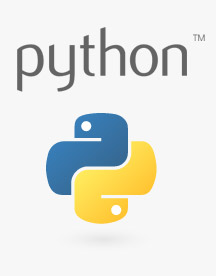Qwiic Kit for Raspberry Pi Hookup Guide
This Tutorial is Retired!
Note: This tutorial is for the Qwiic Starter Kit for Rasberry Pi V1. For users with the Qwiic Starter Kit for Raspberry Pi V2, make sure to check out the updated tutorial.
View the updated tutorial: Qwiic Kit for Raspberry Pi V2 Hookup Guide
Contributors:
 M-Short,
M-Short,  bboyho
bboyho
Resources and Going Further
For more information, check out the resources below:
- GitHub
- Python Modules (i.e. Libraries)
- Qwiic Kit for Pi Demo Code
- SFE Product Showcase

Looking for more inspiration? Check out these other Raspberry Pi projects and Python tutorials.:
Graph Sensor Data with Python and Matplotlib
Use matplotlib to create a real-time plot of temperature data collected from a TMP102 sensor connected to a Raspberry Pi.
Python GUI Guide: Introduction to Tkinter
Tkinter is the standard graphical user interface package that comes with Python. This tutorial will show you how to create basic windowed applications as well as complete full-screen dashboard examples complete with live graph updates from matplotlib.
How to Run a Raspberry Pi Program on Startup
In this tutorial, we look at various methods for running a script or program automatically whenever your Raspberry Pi (or other Linux computer) boots up.
SparkFun Qwiic Dual Solid State Relay Hookup Guide
A Hookup Guide to get you started with the SparkFun Qwiic Dual Solid State Relay.
Or check out some of these blog posts for ideas: